Smartphone vs SLR: the travel photo challenge
As phone cameras keep upping the ante, we pit a Google Pixel 3 against a full-size Canon 5D
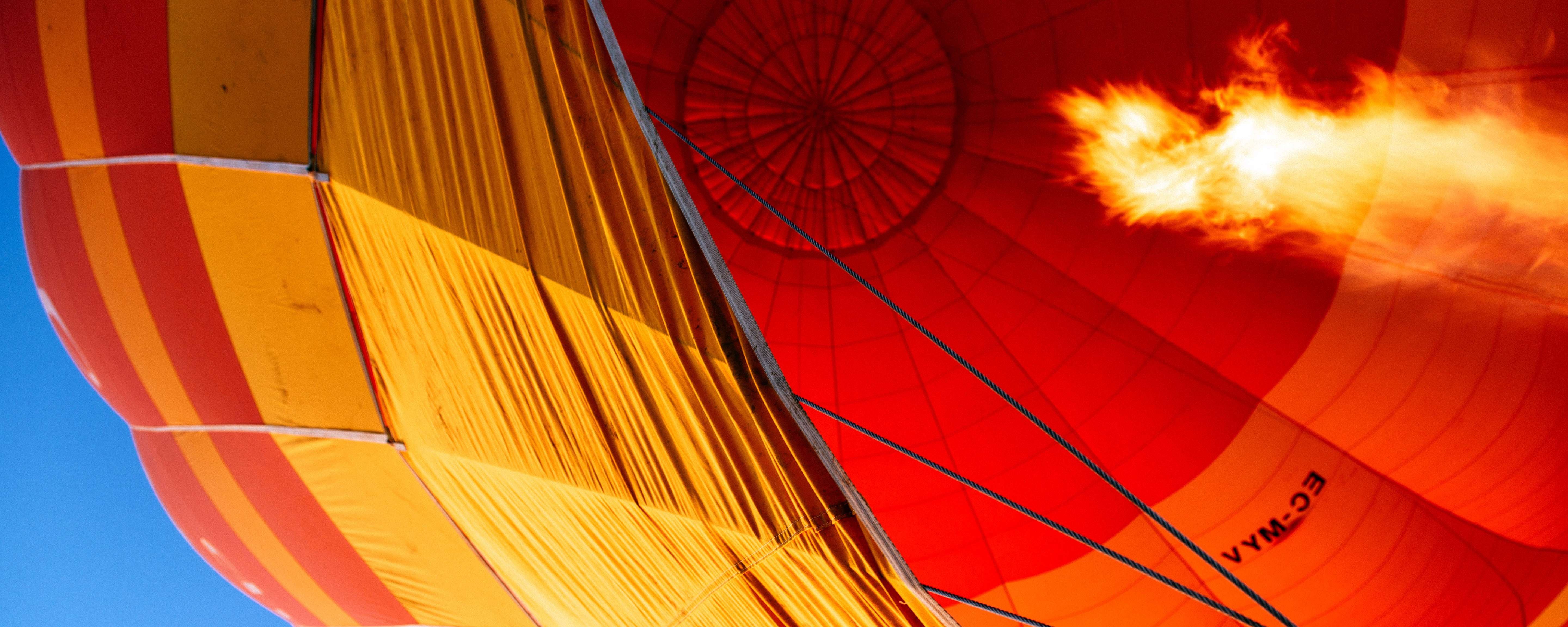
Which device takes better photos, a professional SLR camera or the one that comes with the phone you carry around in your pocket?
It may sound like an absurd question - and there’s no doubt that SLRs, with their huge sensors and interchangeable lenses, have not been entirely superseded by the cameraphone. If you’re a sports photographer or you’re heading off on safari, the SLR is still the right tool for the job. In many other situations, however, the gap is narrowing.
The contenders
The Week
Escape your echo chamber. Get the facts behind the news, plus analysis from multiple perspectives.

Sign up for The Week's Free Newsletters
From our morning news briefing to a weekly Good News Newsletter, get the best of The Week delivered directly to your inbox.
From our morning news briefing to a weekly Good News Newsletter, get the best of The Week delivered directly to your inbox.
Google Pixel 3: The latest smartphone from Google, released in the UK in November last year, has a 12.2 megapixel sensor - but it’s not the hardware that makes it stand out. What really sets the camera apart is the image-processing software, which makes use of machine learning to optimise colours, sharpness and exposure. Low light performance is particularly impressive: “night mode” opens the shutter for several seconds, electronically compensating for image blur and distorted colours. “If your smartphone is your main way to take photos, you’re going to seriously want to consider the Google Pixel 3,” says Trusted Reviews.
Canon 5D Mk3: The 5D straddles Canon’s professional and advanced consumer ranges, offering a 22.3 megapixel full-frame sensor and compatibility with an extensive range of Canon and third-party lenses. It offers complete control over all aspects of photography and remains a firm favourite among wildlife and wedding photographers alike. “Canon’s 5D series cameras have gained legendary status,” says Expert Reviews, and six years after its launch the Mk 3 remains an “absolute triumph”.
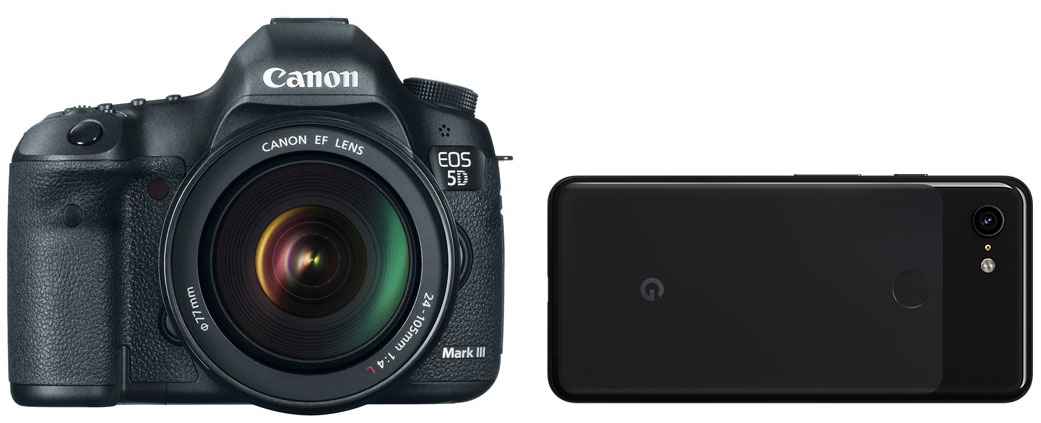
Portraits
Portrait photographers have long opted for SLR cameras and wide-aperture lenses to create “bokeh” - the background blur that lends a vivid sharpness to the subject of the image. Until recently, most phone cameras kept as much of the frame in focus as possible - a safer option, but one which can result in flat images, in which the subject blends in with the background.
A free daily email with the biggest news stories of the day – and the best features from TheWeek.com
The Pixel 3’s portrait mode, however, automatically adds a bokeh effect to what it determines to be the background of the image - a calculation which is not yet perfect but good enough. And, since this is a software effect rather than the result of a mechanical setting, you can adjust the effect, using Google’s editing tool, after the photo has been taken. Even so, it sometimes produces an odd effect: at first glance the photo below looks crisp and attractive, but a close inspection reveals that some of the daffodil leaves at the centre of the bouquet have been treated as background and blurred:
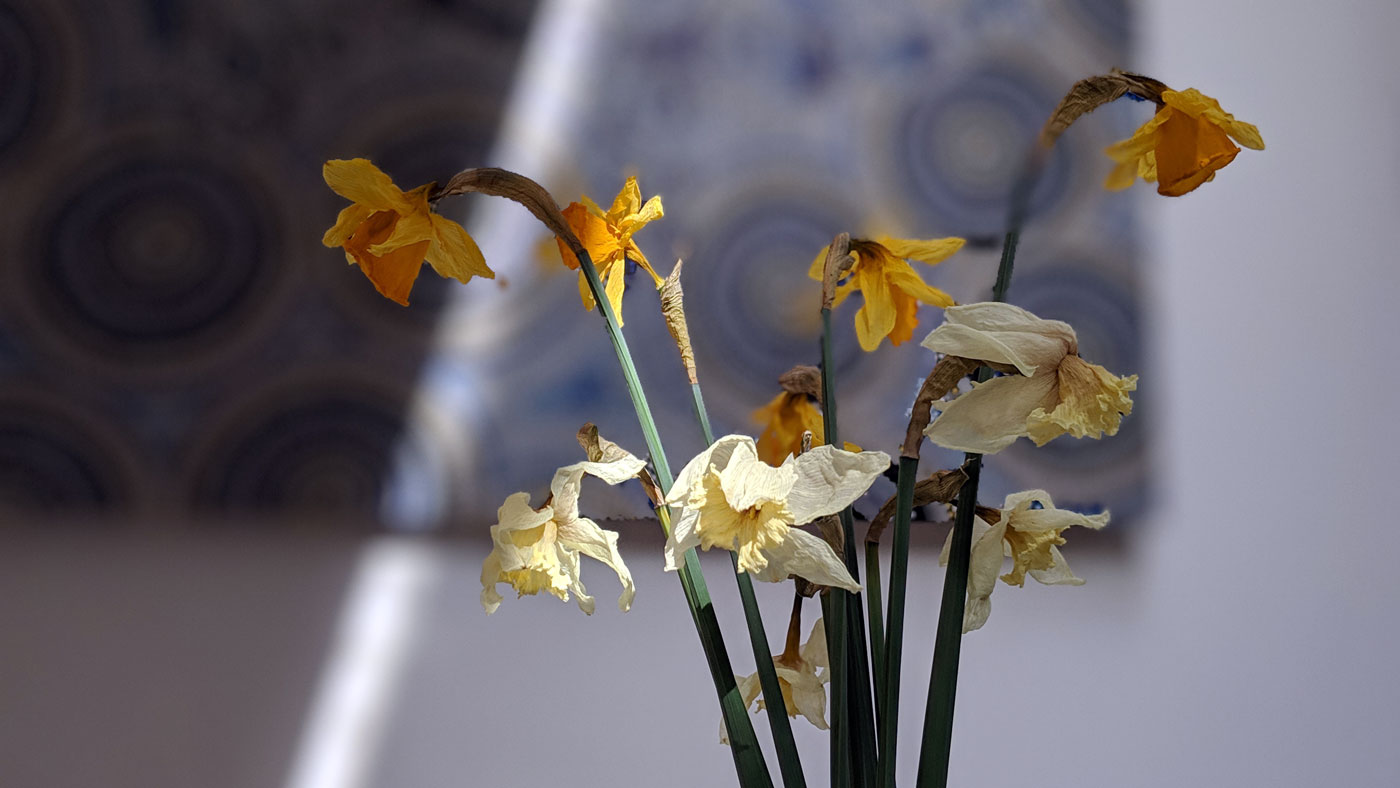
The Canon 5D also provides fine control over the extent of the blurring, by adjusting the aperture setting and therefore how much of the image is in focus. This is a mechanical effect, so it cannot be adjusted after the photo is taken. Nor, however, is it susceptible to the software glitches of the smartphone approach
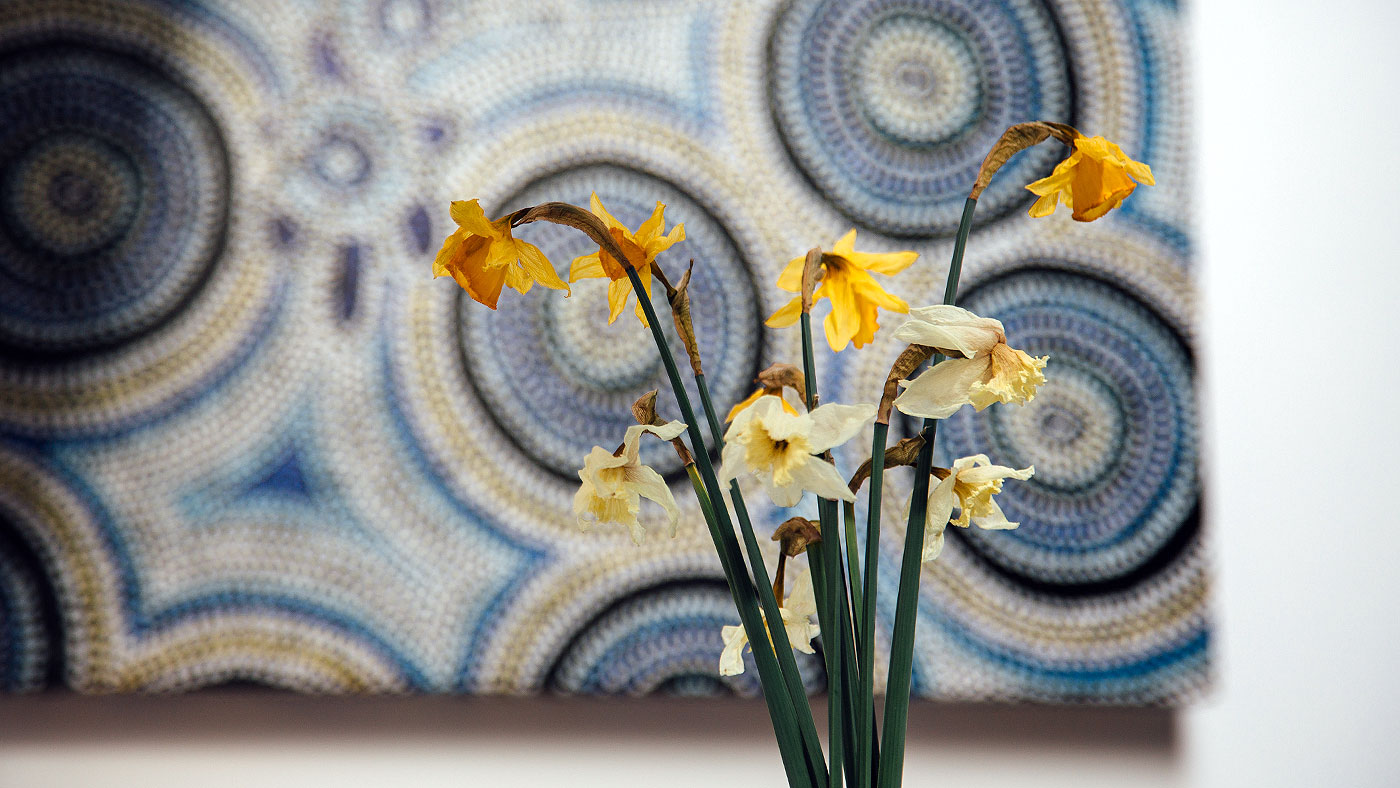
The SLR is more flexible and more precise - but it requires more expertise to get the most out of it. In most circumstances, the phone is highly effective at the touch of a button, even if complex images can fox it.
Landscapes
Even the most spectacular landscape can look flat in photos, but the Pixel 3 makes it easy to capture dramatic shots. The colours are vibrant but not unnatural, and an onscreen slider lets you fine-tune the brightness. Once you’ve taken the shots, the editing tools let you tinker with the colours and contrast to perfect the image:
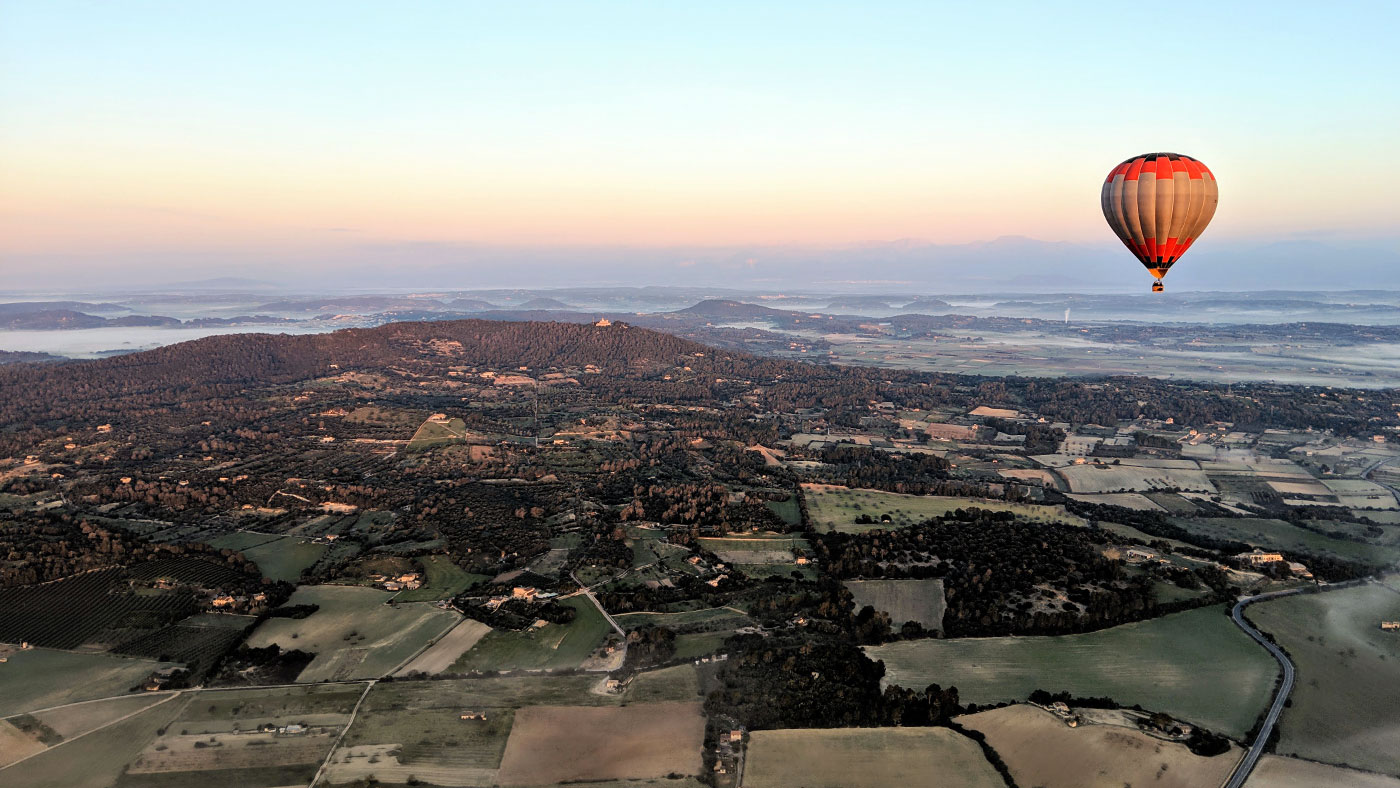
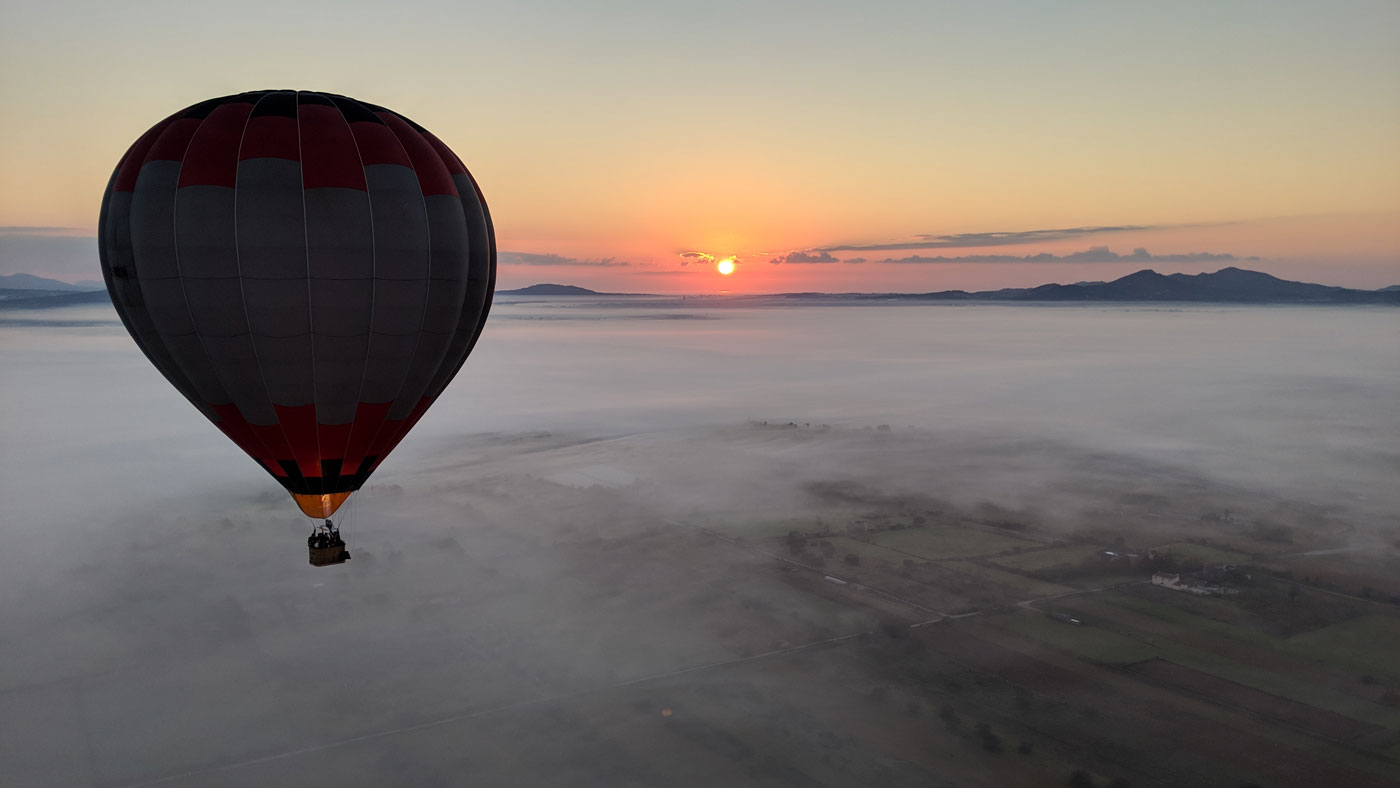
The 5D also takes fantastic landscape photographs, and if you shoot in raw mode, editing software can bring out details in the shadows and highlights that are lost on the phone camera. Getting the best out of it takes more time and knowledge, but the SLR still has the edge here.
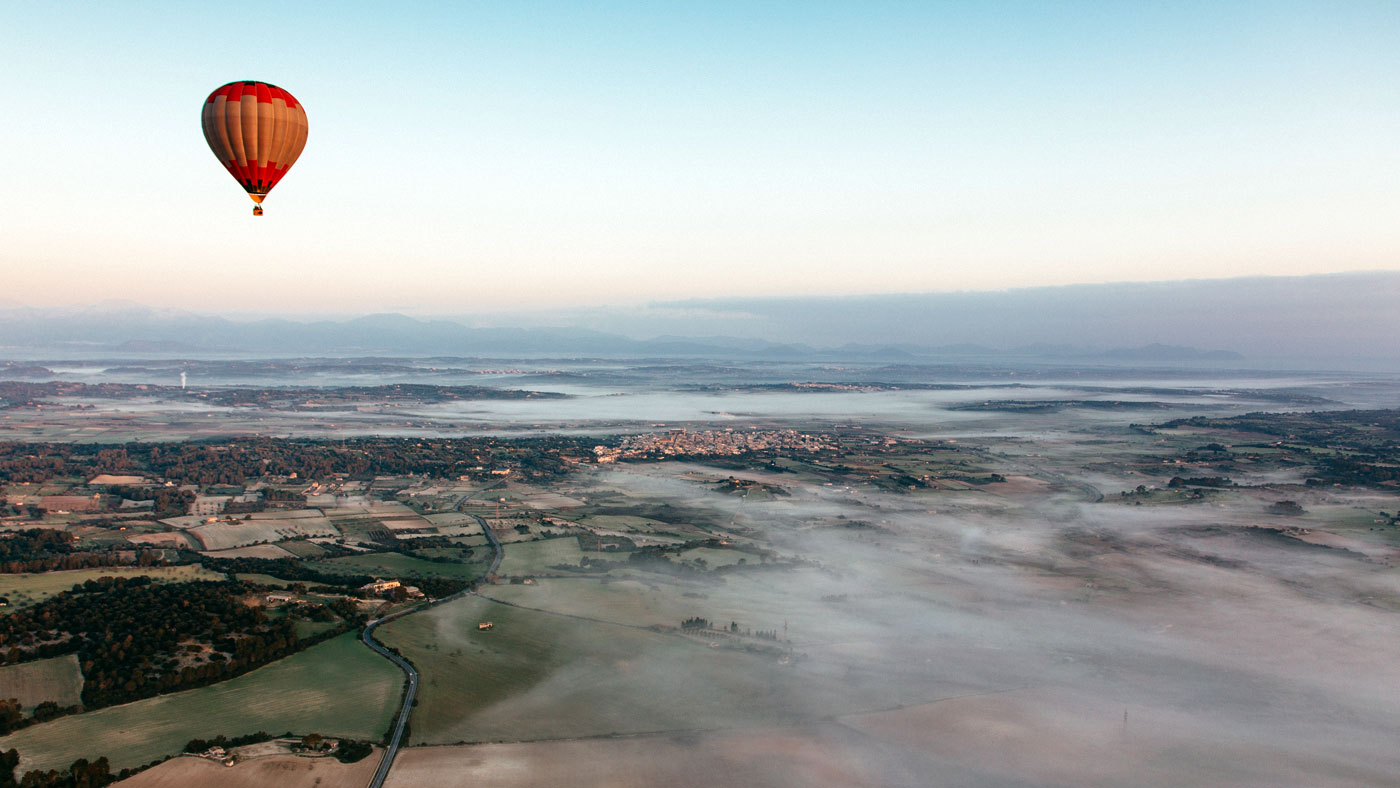
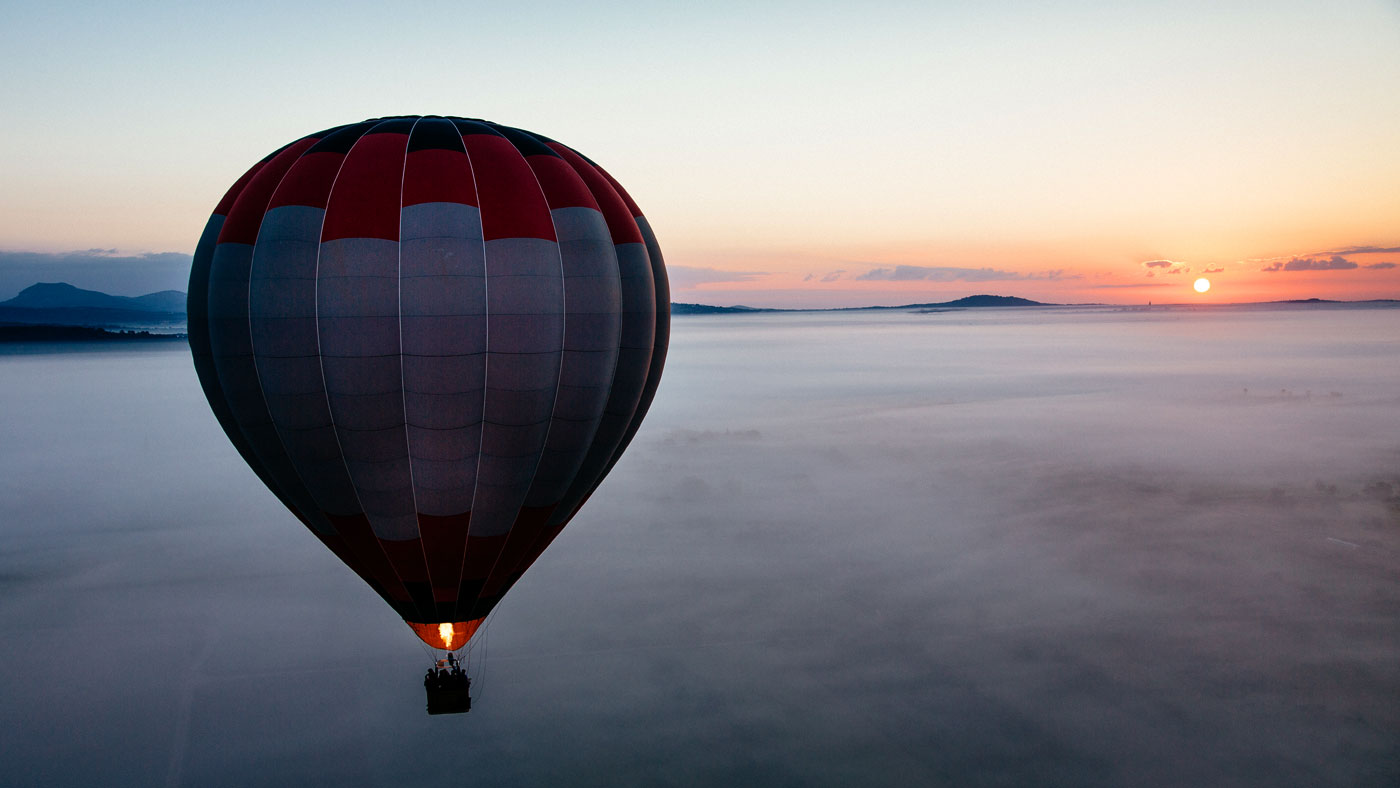
Low light
The 5D Mk 3 has exceptional low-light capabilities, which set new standards when the model came out. Photos taken at ISO settings of up to 16,000 are impressively free from grain, meaning you can use the camera without a tripod well into the evening gloom (or at dawn, as in the examples above). A flash is rarely necessary - which is just as well as it doesn’t come with one built in (although you can easily mount one).
The Pixel 3, though, is more than a match. In night mode, it assesses the steadiness of your hand and the stillness of your subject and extends the exposure accordingly, using sophisticated software to eliminate the effects of any movement. The effect is astonishing, conjuring daylight where there is none. Both of these cameras - the SLR and the phone - can see in the dark, but the phone pulls off the trick without a tripod.
Selfies
No contest here: the phone is the clear winner. The bulk of the 5D means you can’t turn it on yourself without using a timer and tripod, or a remote control. Even if you could, you’d have to wait until you could hook the WiFi-less camera up to a laptop in order to share the resulting image.
Zoom
This is where the SLR comes into its own. Even with a modest 24-105mm lens, the Canon 5D lets you get much closer to the action than the Pixel 3, whose digital zoom soon starts to degrade image quality:
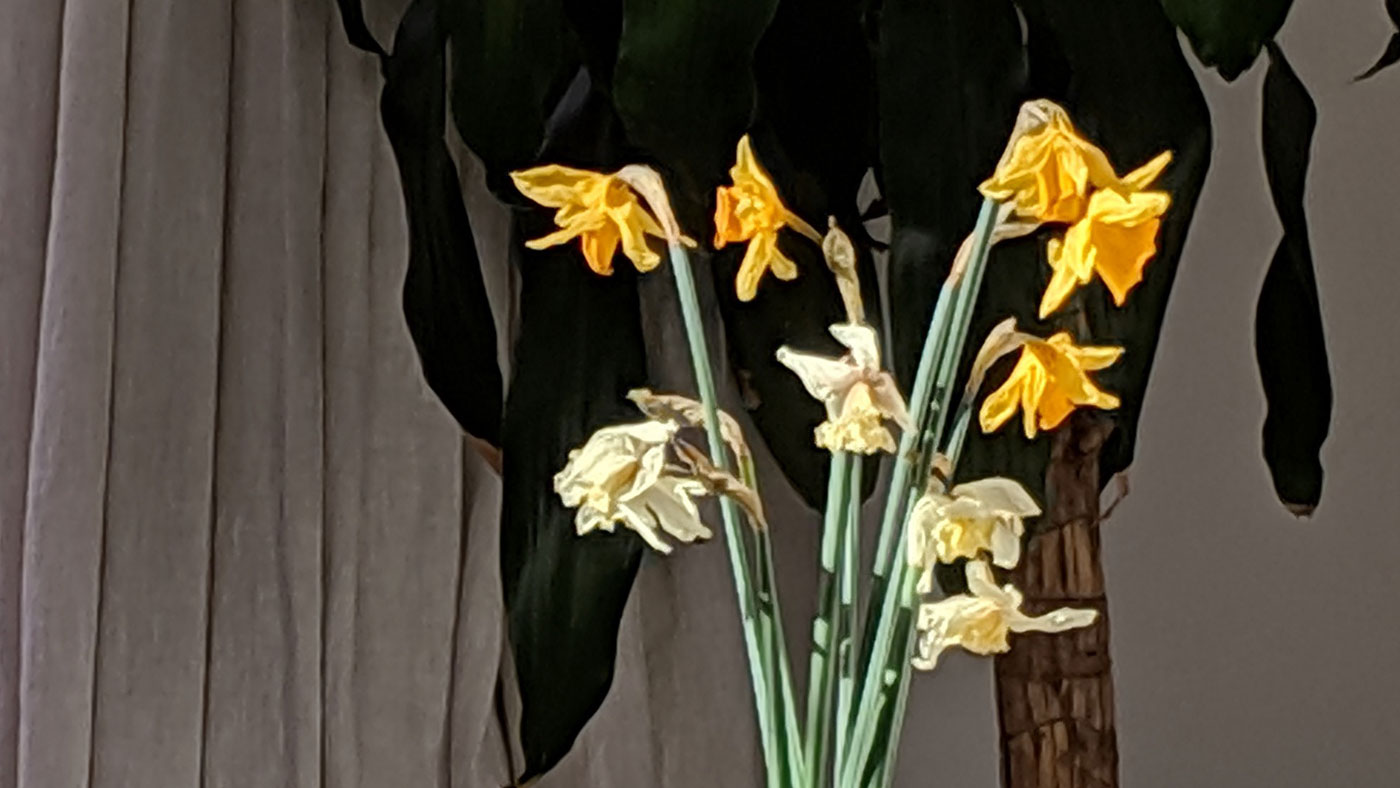
The larger size of the SLR’s sensor also means that you can crop and enlarge the image more aggressively (replicating the effect of digital zoom) before it starts to look grainy. Both of these were taken from the same distance as the photo above:
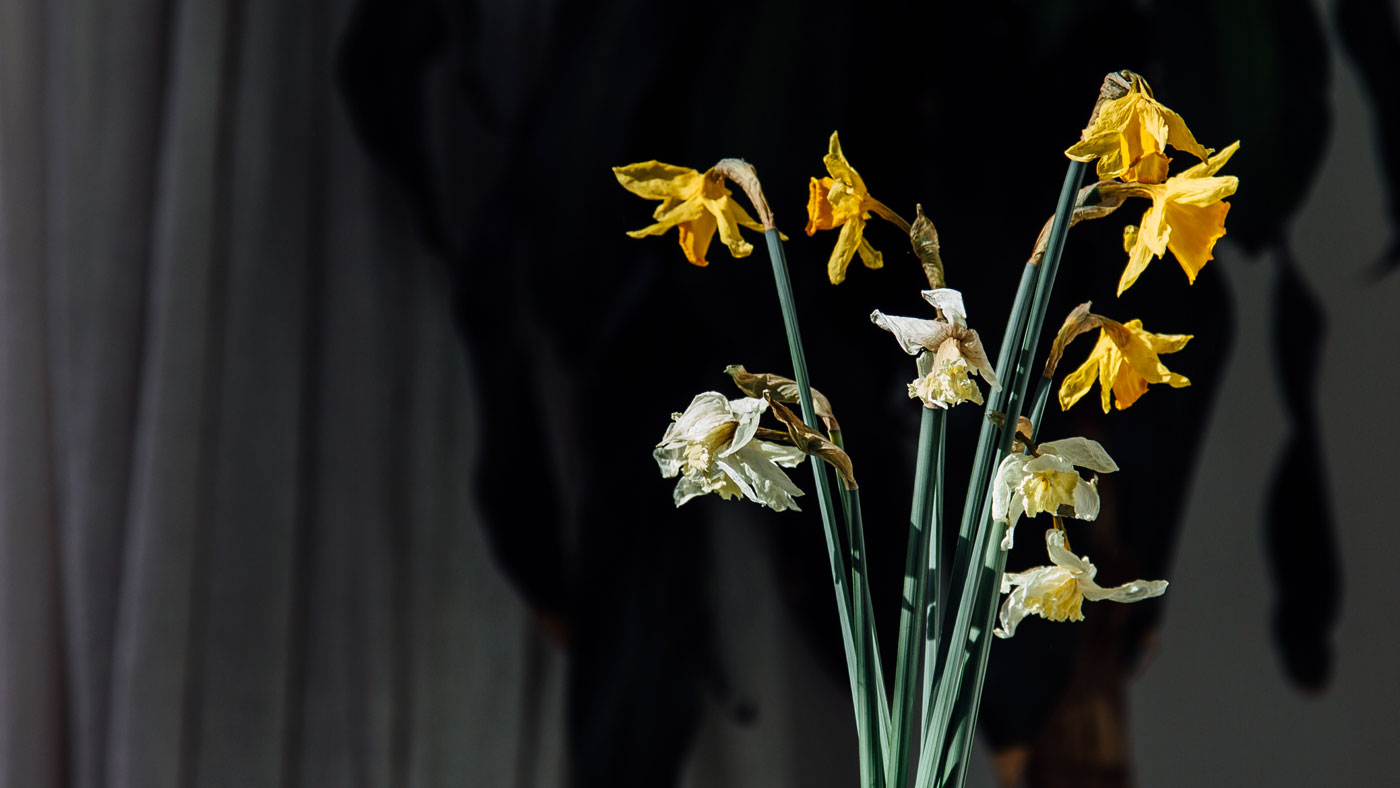
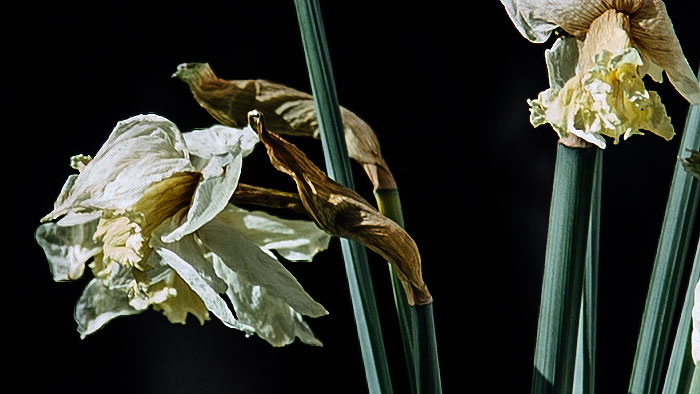
If you need to photograph anything from a distance, a phone camera still won’t cut it.
Cost
Each device sits at the premium end of its price bracket: the 5D Mk3 cost £2,999 new, while the Pixel 3 starts at £739 - and for that, of course, you get a phone and a pocket computer as well as a camera. However, most people upgrade their phones every year or two, whereas an SLR is likely to last a decade or more.
Verdict
The Canon 5D and the Google Pixel are designed for different purposes and a head-to-head comparison might seem illogical or unfair. But phones have already conquered the cheap and mid-level compact camera market, and they’re not resting on their laurels. Each year brings a new raft of features and a fresh bid to lure in more demanding photographers.
The best smartphone cameras are now very good indeed. They cannot yet replicate the fine control provided by dedicated SLR cameras, nor the sharpness and richness of the image when viewed at full size. In many everyday cases, though, the photos they take are more-or-less indistinguishable - and it takes more skill to get the best shot out of an SLR than from a more foolproof phone camera.
The biggest advantage of the phone is that it’s small and light and you almost certainly carry it with you everywhere you go. Taking out an SLR is a more serious undertaking, especially with more than one lens. For serious photographers it’s still worth the effort, but year by year it gets harder to justify.
-
 Russia’s ‘weird’ campaign to boost its birth rate
Russia’s ‘weird’ campaign to boost its birth rateUnder the Radar Demographic crisis spurs lawmakers to take increasingly desperate measures
-
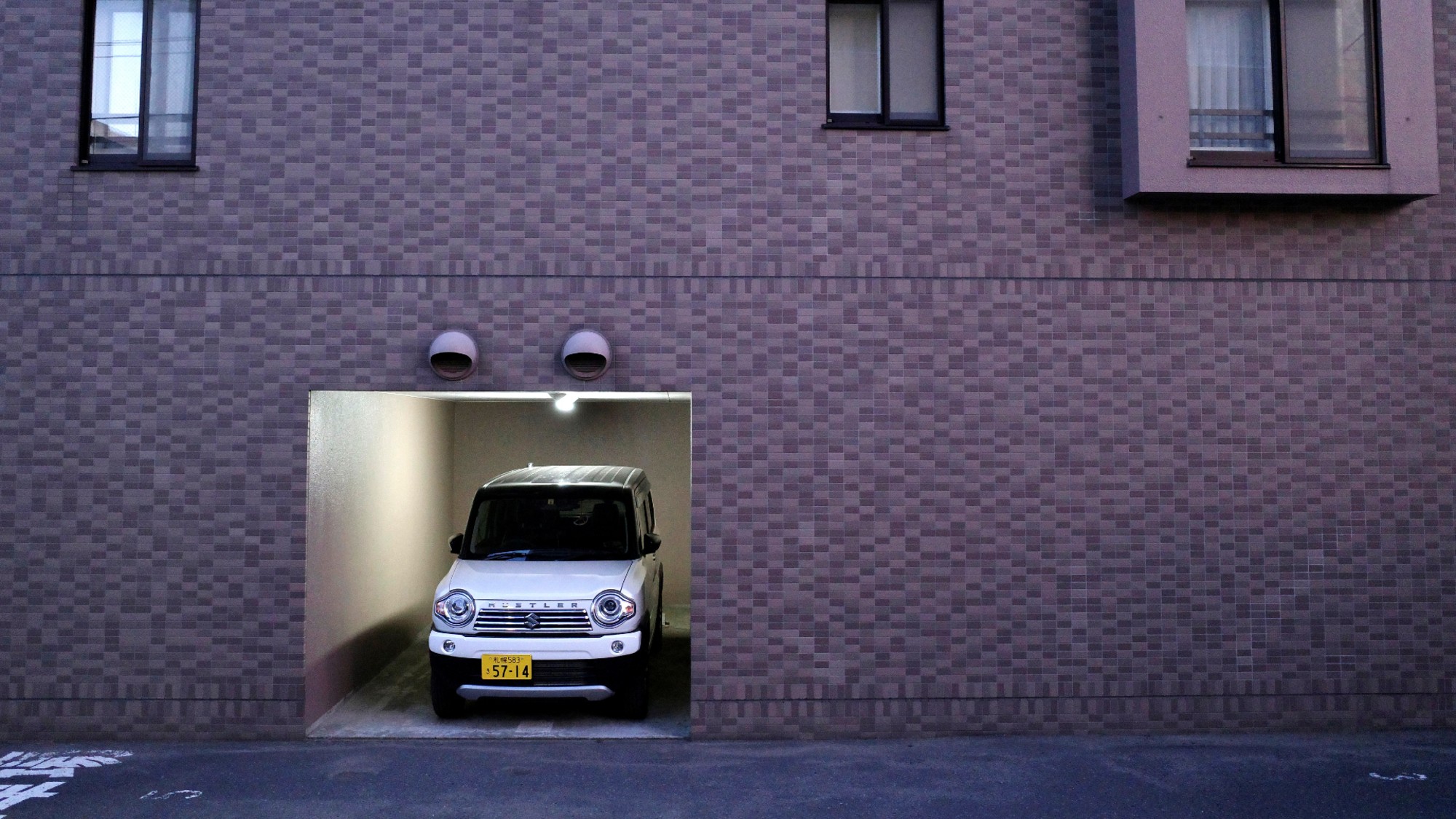 Could smaller cars bring down vehicle prices?
Could smaller cars bring down vehicle prices?Today’s Big Question Trump seems to think so, but experts aren’t so sure
-
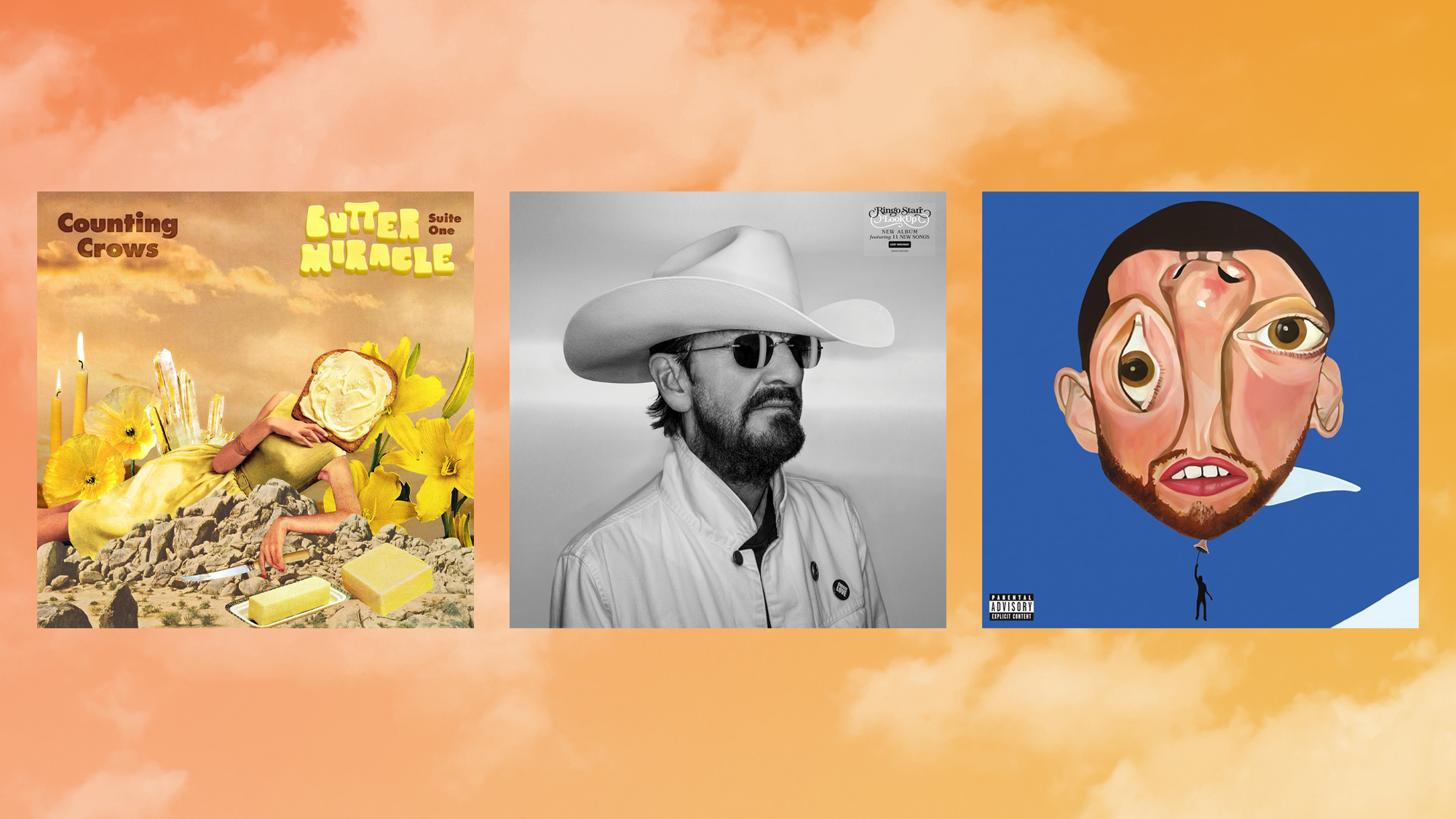 2025’s most notable new albums
2025’s most notable new albumsThe Week Recommends These were some of the finest releases of the past year
-
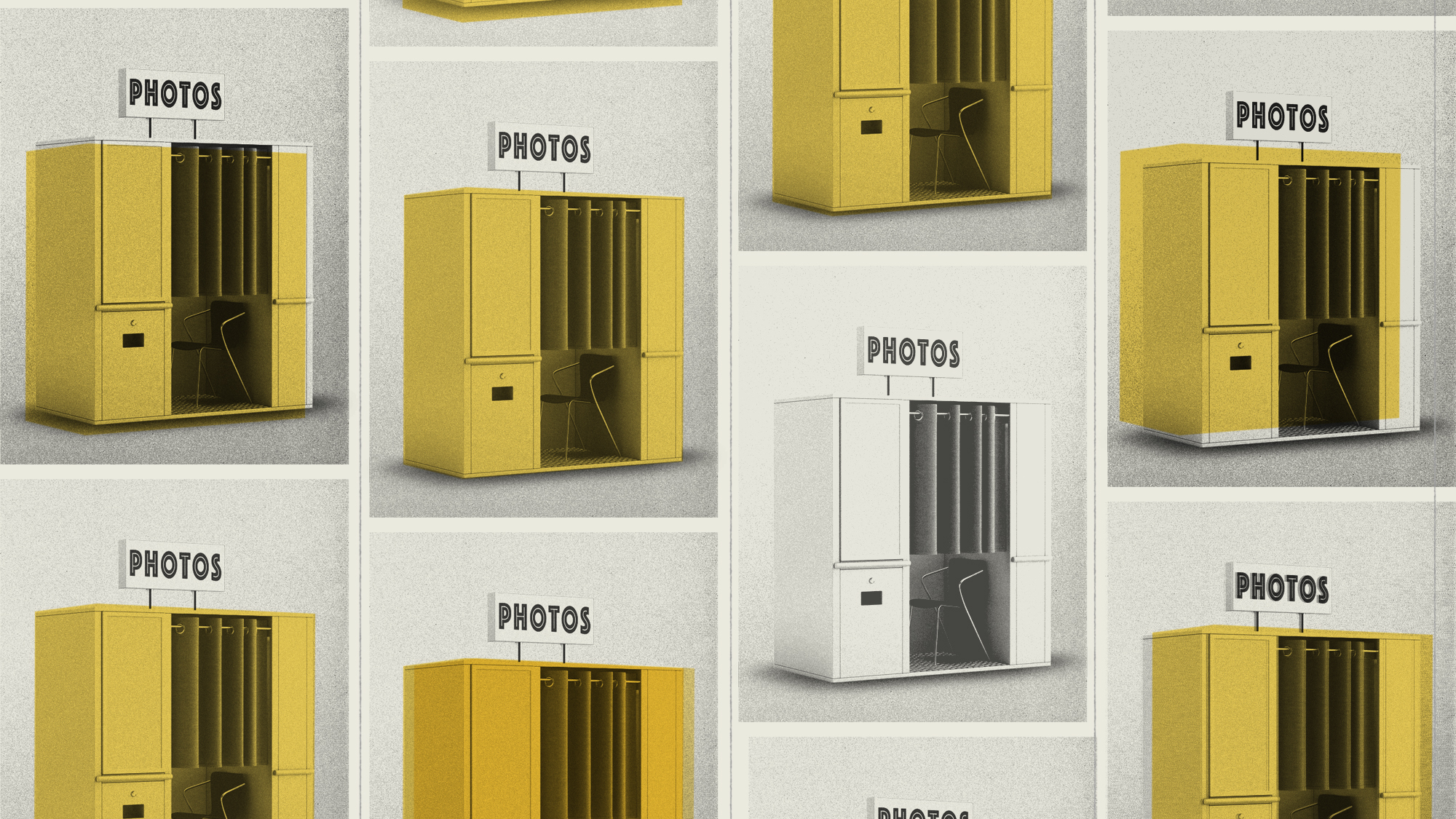 Why photo booths are enjoying a revival
Why photo booths are enjoying a revivalIn The Spotlight It’s 100 years since it first appeared, but the photo booth is far from an analogue relic
-
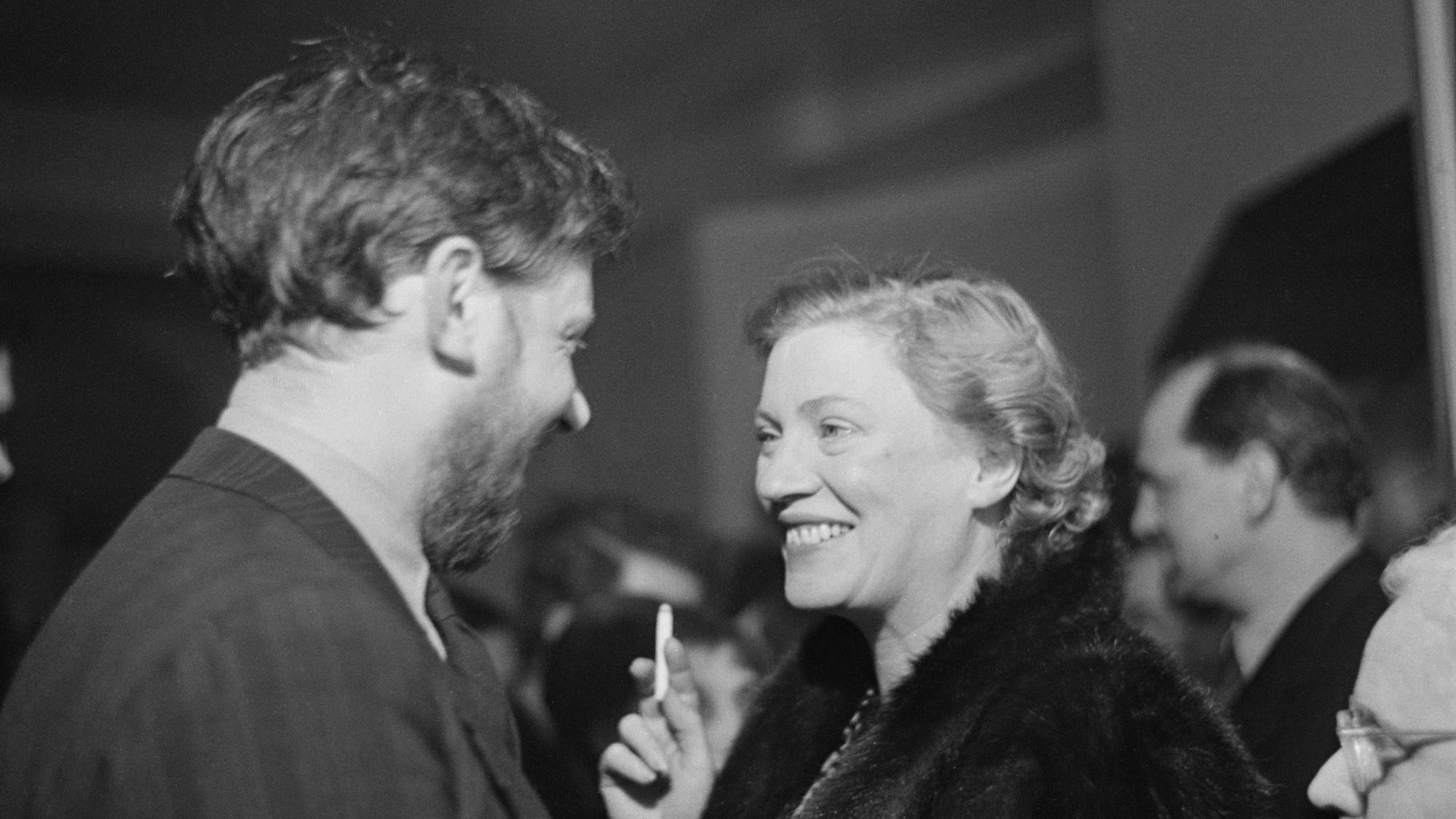 Lee Miller at the Tate: a ‘sexy yet devastating’ show
Lee Miller at the Tate: a ‘sexy yet devastating’ showThe Week Recommends The ‘revelatory’ exhibition tells the photographer’s story ‘through her own impeccable eye’
-
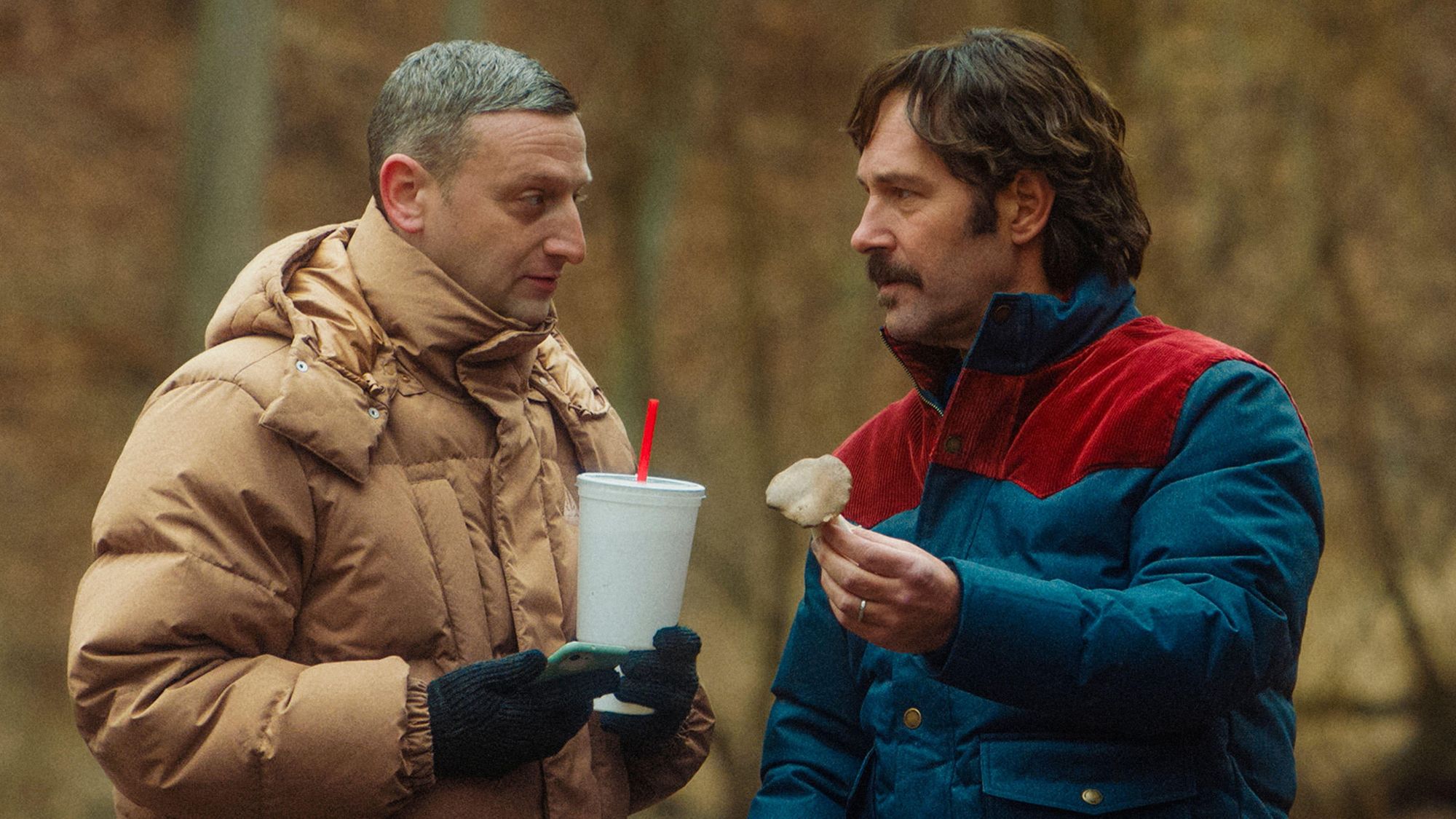 Friendship: 'bromance' comedy starring Paul Rudd and Tim Robinson
Friendship: 'bromance' comedy starring Paul Rudd and Tim RobinsonThe Week Recommends 'Lampooning and embracing' middle-aged male loneliness, this film is 'enjoyable and funny'
-
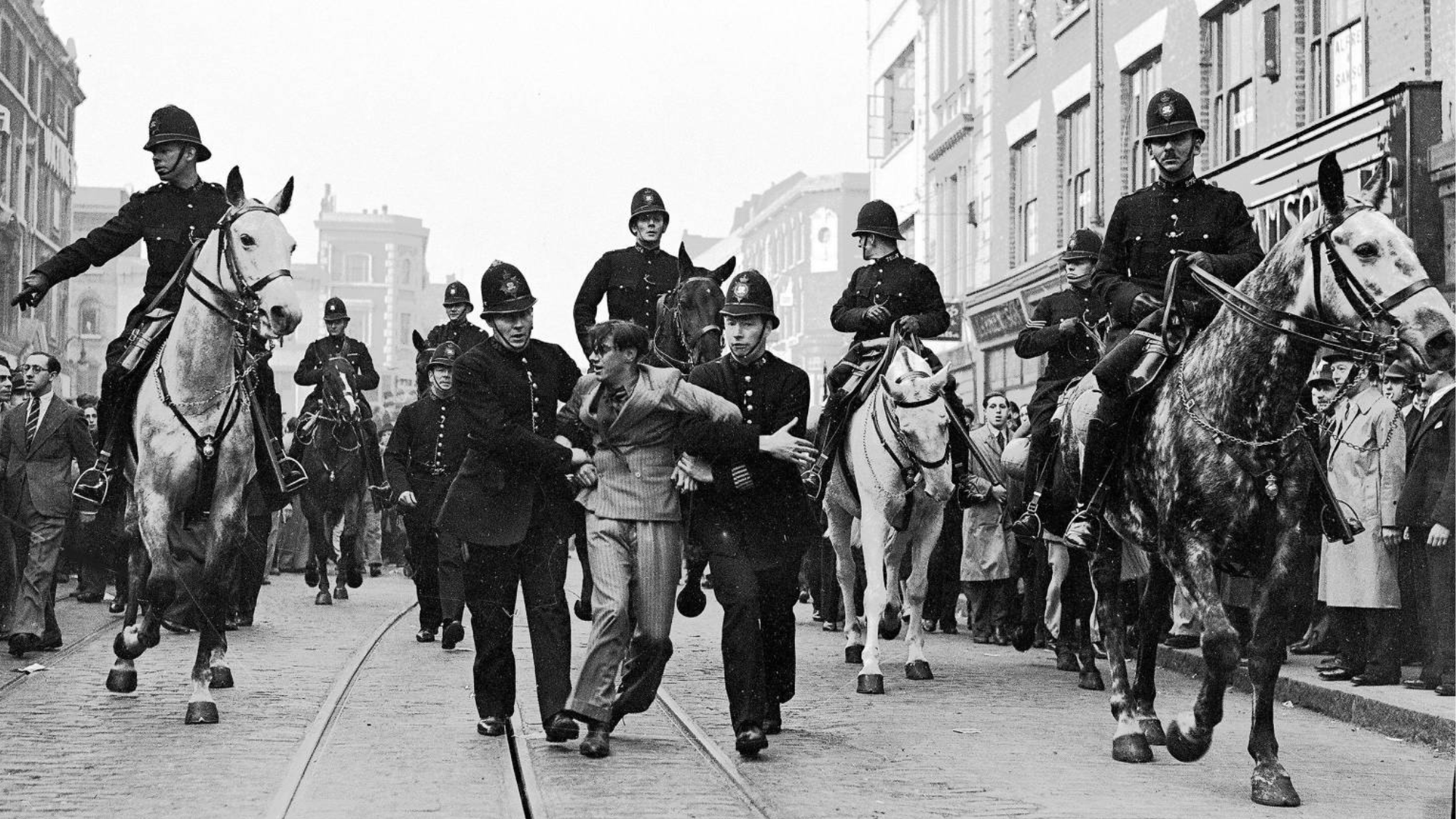 Resistance: 'compelling' show captures a century of protest
Resistance: 'compelling' show captures a century of protestThe Week Recommends Turner prizewinner Steve McQueen curates 'fascinating' photography exhibition in Margate
-
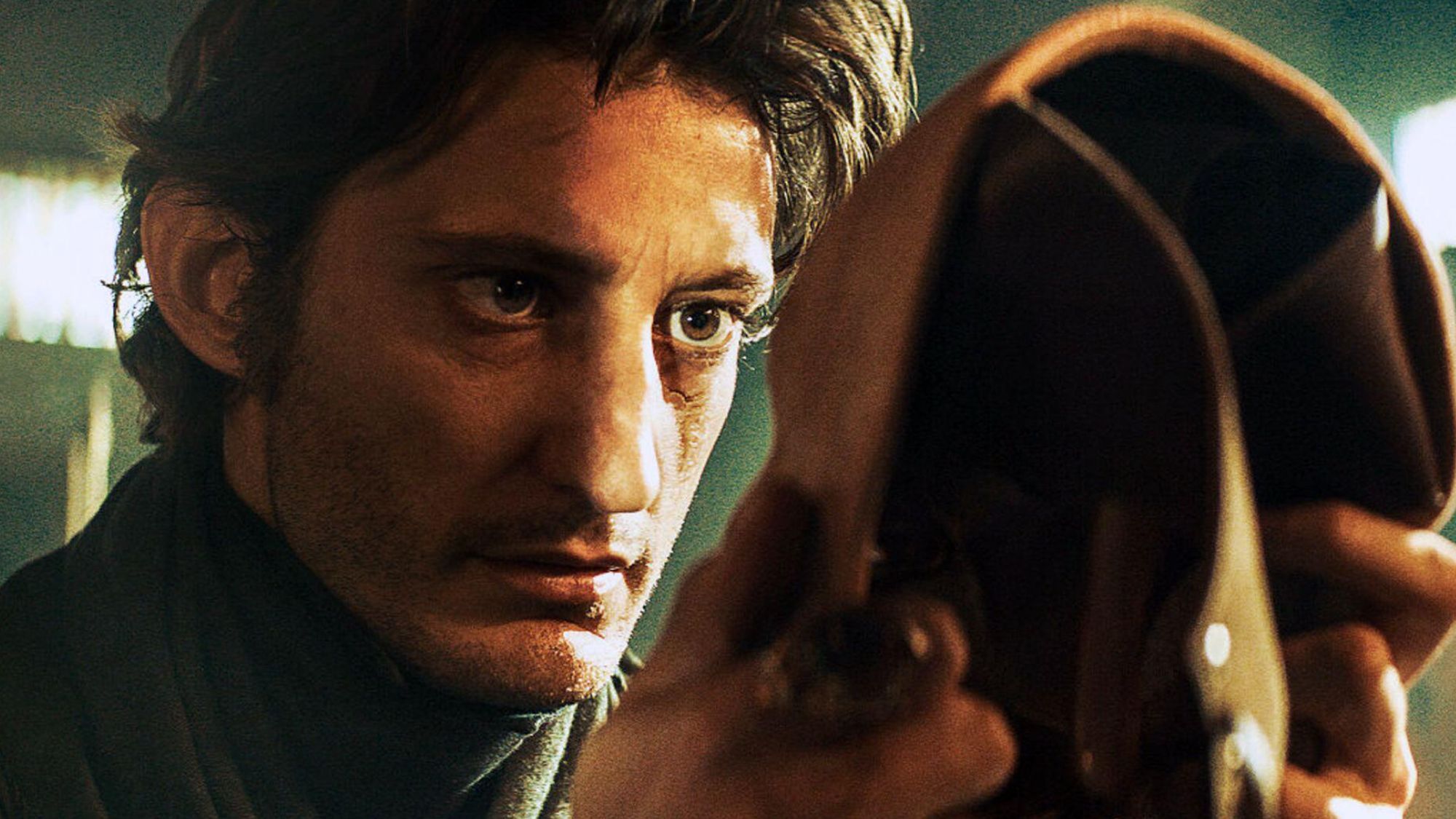 The Count of Monte Cristo review: 'indecently spectacular' adaptation
The Count of Monte Cristo review: 'indecently spectacular' adaptationThe Week Recommends Dumas's classic 19th-century novel is once again given new life in this 'fast-moving' film
-
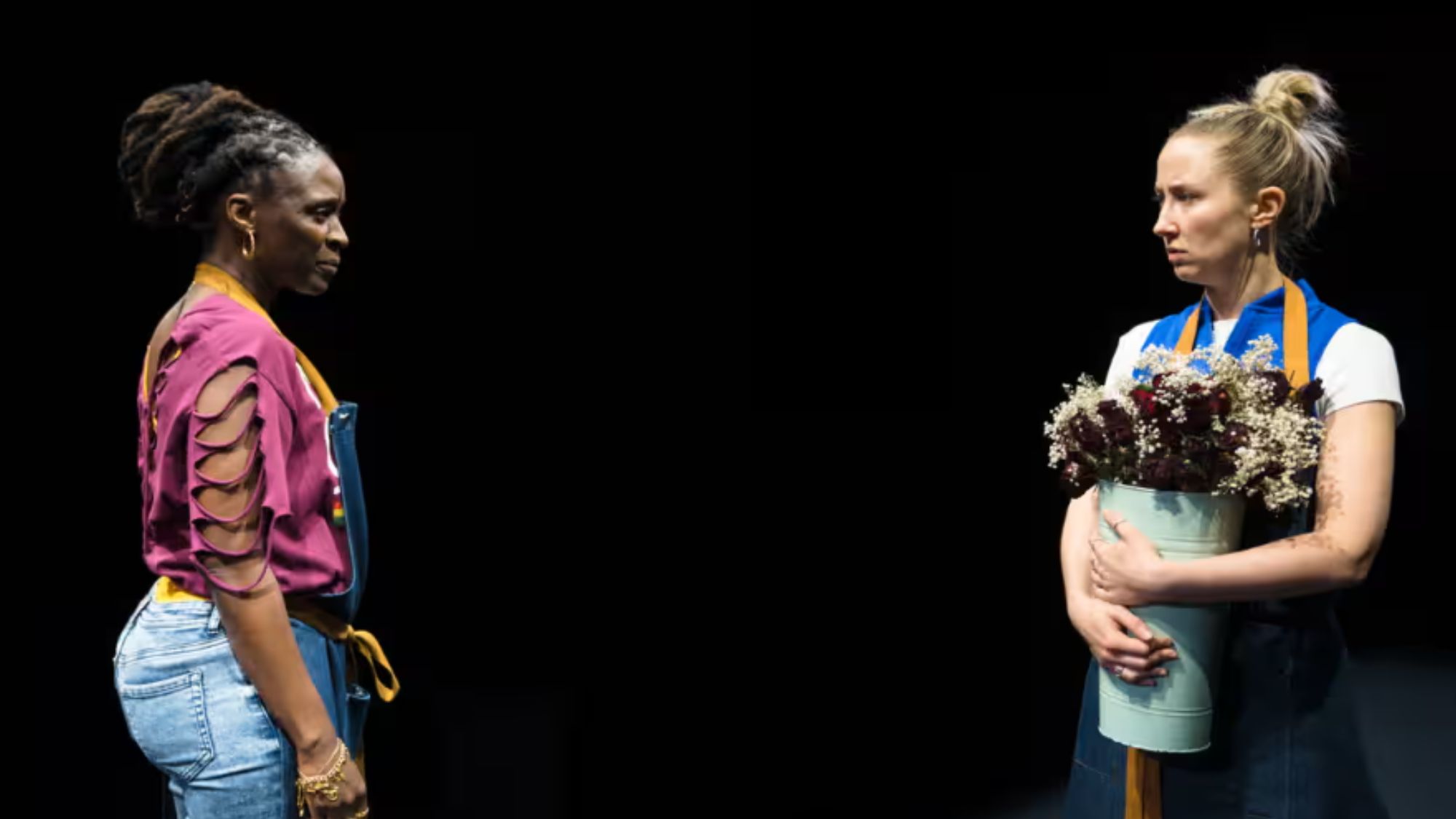 Death of England: Closing Time review – 'bold, brash reflection on racism'
Death of England: Closing Time review – 'bold, brash reflection on racism'The Week Recommends The final part of this trilogy deftly explores rising political tensions across the country
-
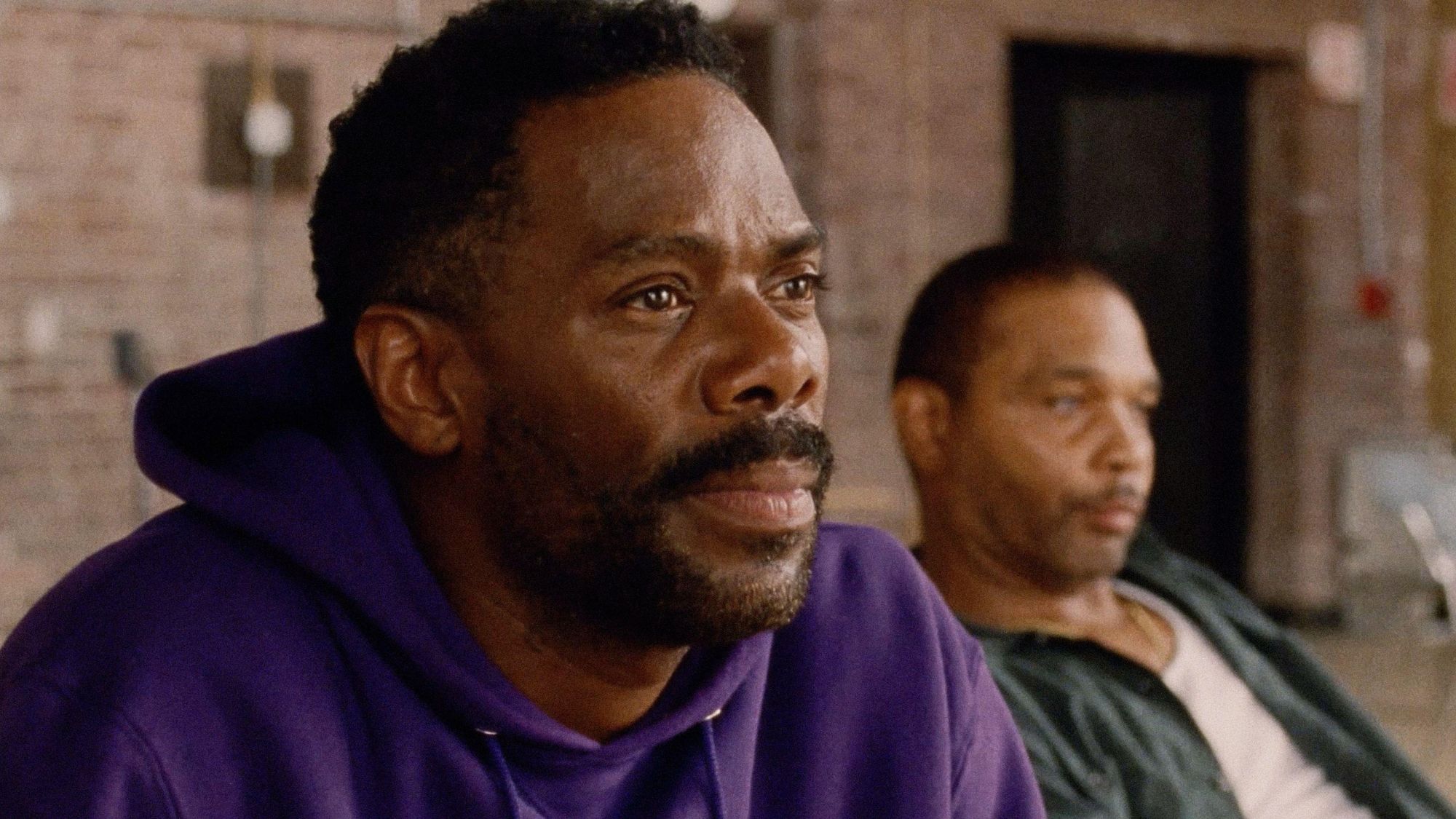 Sing Sing review: prison drama bursts with 'charm, energy and optimism'
Sing Sing review: prison drama bursts with 'charm, energy and optimism'The Week Recommends Colman Domingo plays a real-life prisoner in a performance likely to be an Oscars shoo-in
-
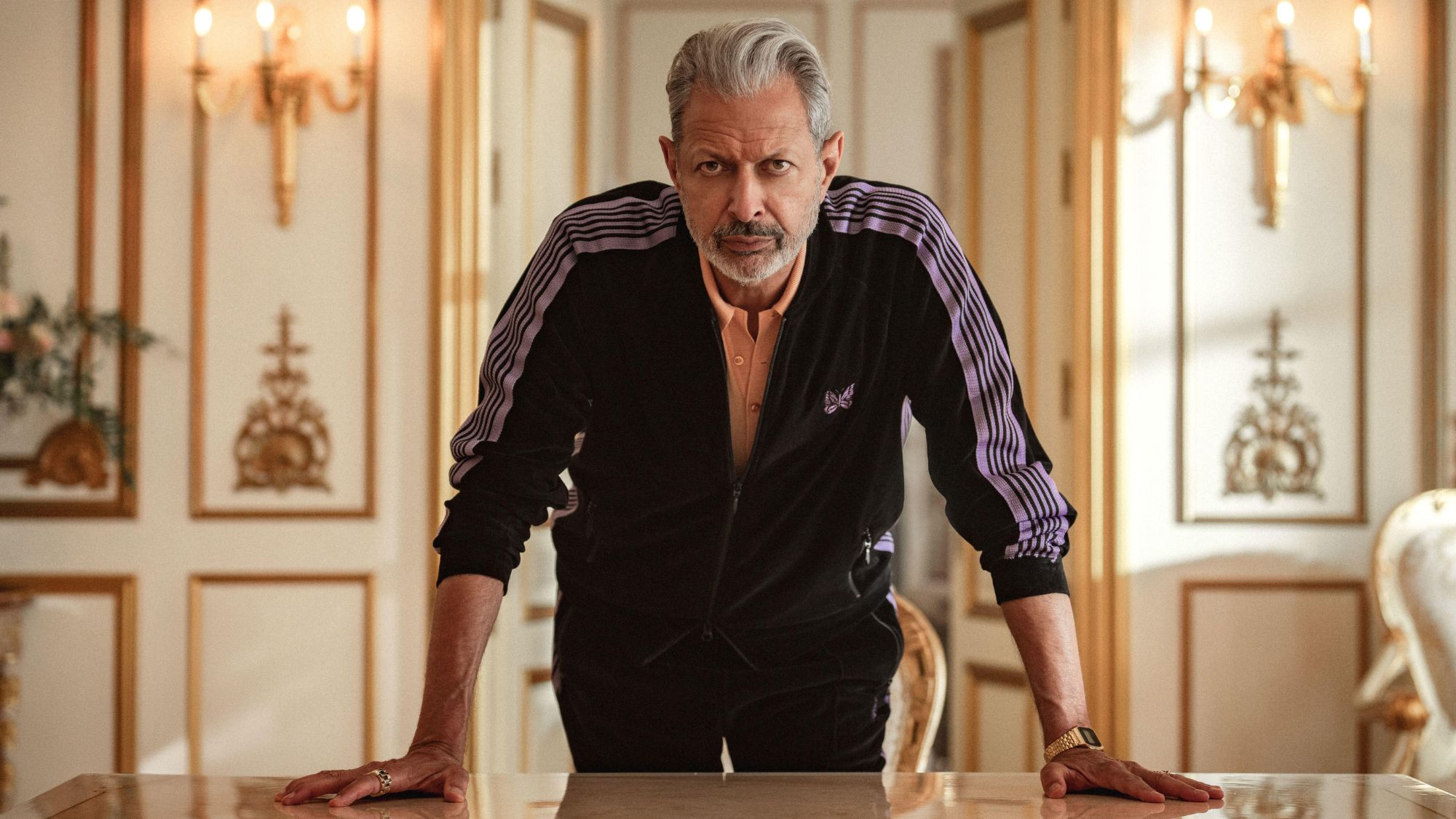 Kaos review: comic retelling of Greek mythology starring Jeff Goldblum
Kaos review: comic retelling of Greek mythology starring Jeff GoldblumThe Week Recommends The new series captures audiences as it 'never takes itself too seriously'